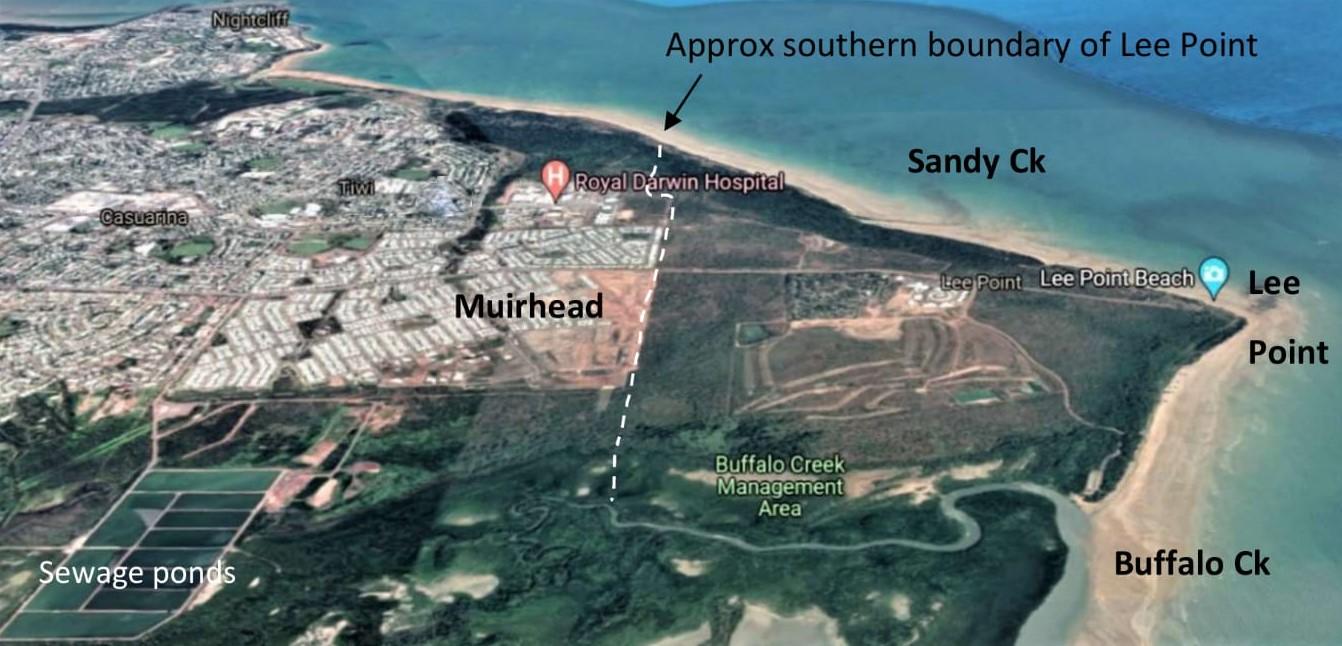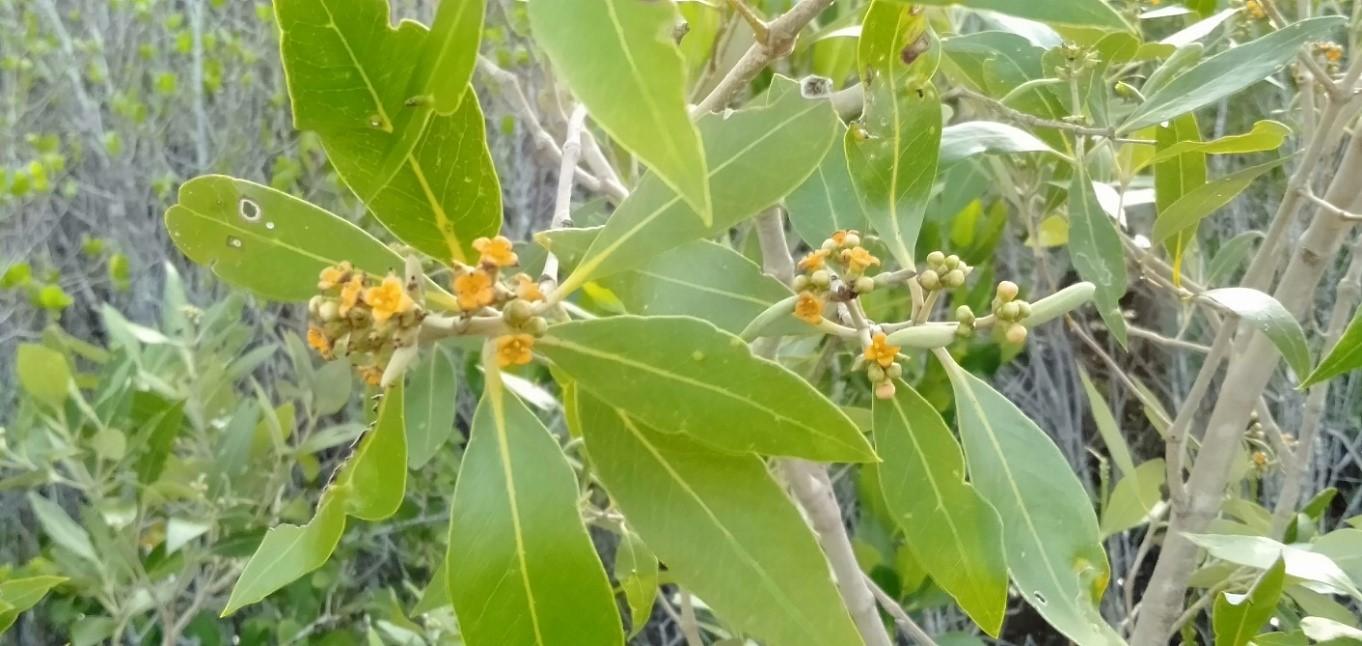UN Declaration on Forests and Land Use – November 2021
This month at the Glasgow UN conference (COP26), Australia and the majority of UN countries declared, “…We therefore commit to working collectively to halt and reverse forest loss and land degradation by 2030...”. Glasgow Leaders’ Declaration on Forests and Land Use
Old growth forests
Land use changes, especially in the form of deforestation is a primary contributor to climate change and the second largest source of man-made CO2 atmospheric emissions after fossil fuel combustion – refer Wikipedia Deforestation and Climate Change.
Old-growth forests are important for many reasons, one of which is that they are more productive at storing carbon (above ground and in the soil) than younger forests.
Removing thousands of trees (a carbon sink) and old growth forests, for a housing development at Lee Point, will increase CO2 emissions and is at odds with recent initiatives by the UN (includes Australia) and City of Darwin.

Old growth forest and military relics next to Lee Point Road
The old growth forests are important to our wildlife, such as Black Cockatoos: read why
Lee Point peninsular and wildlife
Lee Point peninsular has supported lots of wildlife due to a large variety of relatively intact habitats that are well connected. These connected habitats provide all the essential things for wildlife ie. water, food and shelter (from predators and environment)

Wildlife numbers, in particular small mammals like bandicoots, have been declining in the Territory and will have declined at Lee Point (due to recent clearing). Small mammals are unable to migrate easily to new areas to avoid threats ie. birds can fly.
The Northern Brown Bandicoot (below) is the largest bandicoot in Australia (average weight ~1.2kg) and the most common bandicoot in the NT and at Lee Point.

Northern Brown Bandicoot – Photo Parks and Wildlife
Habitat loss, predatory cats and dogs are problems now for bandicoots at Lee Point and these problems will worsen if the new housing development proceeds. Other problems include invasive weeds ie, Gambia Grass that produce hot (fatal) fires and affect food sources. The Gamba Army has been working at Lee Point to control this weed.
Connecting habitats at Lee Point

Maintaining biodiversity corridors in the City of Darwin’s Greening Darwin Strategy keeps habitats connected and helps small mammals like bandicoots (see above).
Lee Point DHA housing development – Stage 2 (110 lots) being tendered
Stage 2 (2CRU – Stage 1) will remove old growth forest on the western side of Lee Point Road. Stage 2 tender closes 21 Dec 2021. No construction approvals granted by NT Government.
Stage 1 or Stage 1A (97 lots) was approved for construction by NT Government, clearing has been completed and civil works started. The small block size in Stage 1 meant that all trees were bulldozed and this will probably happen in Stage 2 (if approved).
Planning Action Network (PLan) AGM – 5pm Sat 4 Dec, Trailer Boat Club
PLan is a volunteer community group working for better urban and rural planning in the Northern Territory. PLan helped set up Friends of Lee Point. They have their AGM this Saturday, refer: PLan AGM
Nightcliff Markets Sunday 14 November

FLP at Nightcliff markets. Many people are still surprised and concerned to learn that a significant part of Lee Point is planned to be cleared for housing.
Welcome Back Shorebirds – Nature Walk Sunday 7th November 4.30pm – 6.30pm
FLP and Birdlife Top End hosted a nature walk at Lee Point for about 25 people. The walk ended up viewing shorebirds on the incoming tide. We saw many plants flowering including the Grey Mangrove below. The flowers smell like old apricots.

Grey Mangrove (Avicenna marina)

People viewing shorebirds at Lee Point
Lee Point Trivia
Q1. What is the approximate age of the old growth trees along Lee Point Road (see image of large eucalypts on first page)? Answers at the end.
A. less than 50 years B. 50-100 years C. 100-200 years D. over 200 years
Northern Wild Orange (Capparis umbonata)

Northern Wild Orange in open woodland at Lee Point
The Northern Wild Orange is a slender tree 3-7m high drooping leaves and branches with large white to pale yellow showy flowers. The fruits are highly regarded by Aborigines, who sometimes ripen the green fruit in hot sand.
The Northern Wild Orange belongs to the family Capparis, also called Native Capers. Pickled capers are prepared buds of a Mediterranean shrub Capparis spinosa and early botanaists were puzzled to find it growing in Australia. However it is now known to be a native variety (var. nummularia) adapted to deserts. Buds of this variety make excellent pickled capers but have rarely been used. The shrub is an important Aborignal food.
References: Tim Low – Wild Food Plants. Also refer: http://anpsa.org.au/c-umb.html
Until next time, enjoy Lee Point
Answer Q1 – D. Some of the largest trees in the photo are estimated to be over 250 years old
